Books for aspiring writers abound. Books for teen writers are a little harder to track down. But many teens are aspiring authors, writing reams of stories or maintaining a lively blog. Thanks to NaNoWriMo, more teens than ever are trying their hand at writing an actual novel. This is fantastic!
Below are some books for teen writers that will help them catch a vision for the writing life, ponder the place of art in their life and community, think about the responsibilities an author has, and gain some practical writing tips to boot. These are not “young adult” books, but they are accessible and helpful for young adults (even as their teachers and parents may wish to read over their shoulders!).
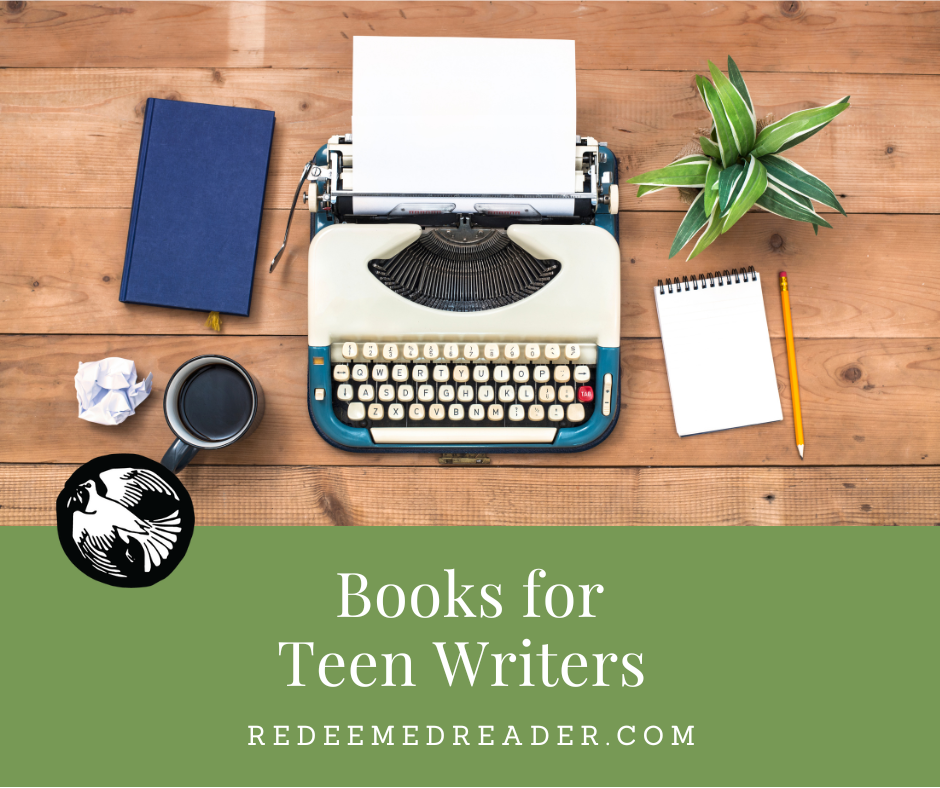
BOOKS FOR TEEN WRITERS
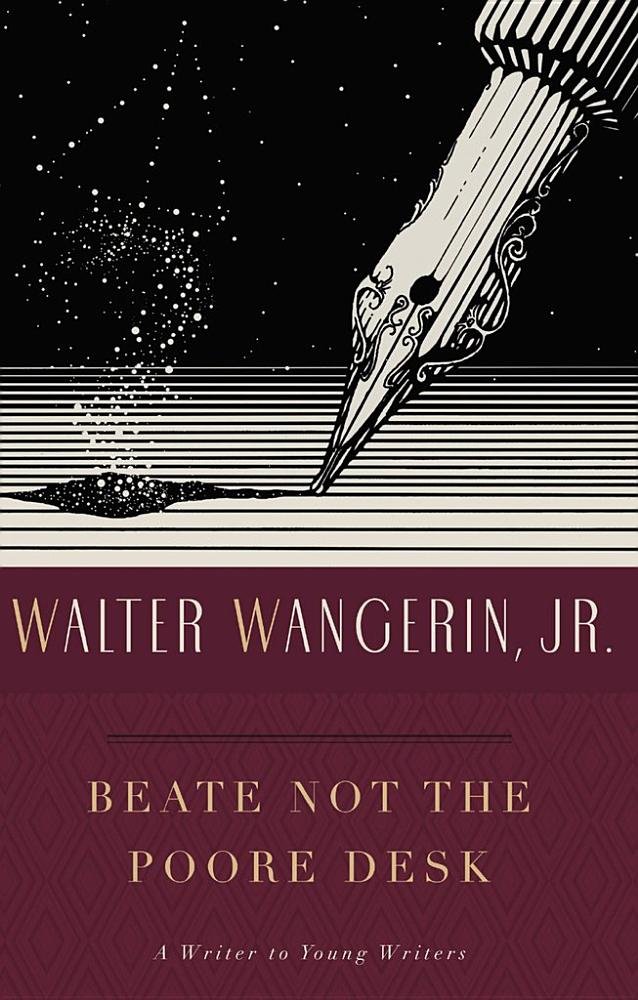
Beate Not the Poore Desk: A Writer to Young Writers by Walter Wangerin. Rabbit Room Press, 2016.
This slim volume is a delight. Wangerin manages to cast a high vision for art, speak to the ethical responsibilities all writers have, and throw some practical tips in along the way. Wangerin writes elegantly, yet simply, and in a style that teens—especially aspiring authors—will readily relate to. He weaves in snippets of his previous experiences, both in life and in writing; he refers to copious authors from the canon. The title, incidentally, comes from Ben Jonson.
Literature is order in chaos. Our songs, stories, poems, screenplays, plays do more than persuade others that order exists: they construct the house in which the reader can dwell, through whose windows the messy world becomes—for good or ill—a labeled cosmos.
Wangerin, p. 40
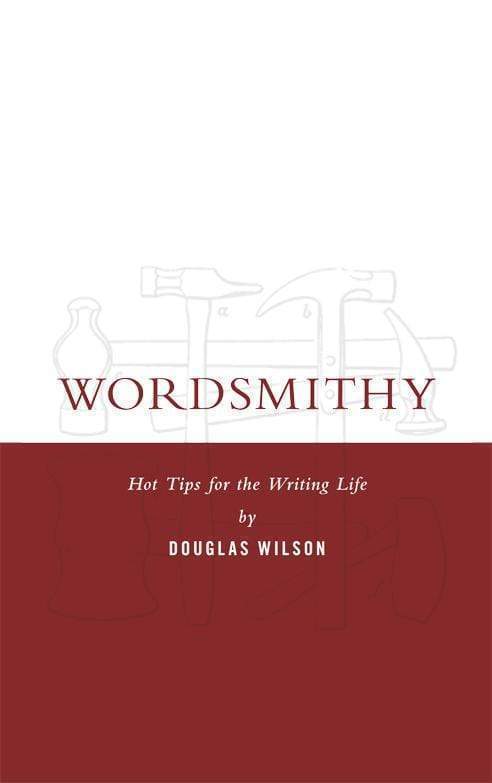
Wordsmithy: Hot Tips for the Writing Life by Douglas Wilson. Canon Press, 2011. 124 pages.
Another slim volume, Wordsmithy is utterly different in tone and approach than Beate Not the Poore Desk. Wilson’s style is robust and direct where Wangerin’s is subtle and elegant. Many teens will appreciate Wilson’s straightforward, often humorous approach to the basics of developing as a writer. Wilson offers 7 tips, each of which he unpacks 7 times. He recommends extra reading after each; if a young person reads even one book for each sub-point, he or she will come away with a vast—and varied—education in topics as far-ranging as grammar and writing, Latin, humor, and economics. Wilson lets his Opinions shine through on occasion in ways that may turn off some writers (poking fun at “hippies” and “Stuff White People Like” among others), but he offers excellent advice in an accessible way.
You read widely to be shaped, not so that you might be prepared to regurgitate.
Wilson, p. 36
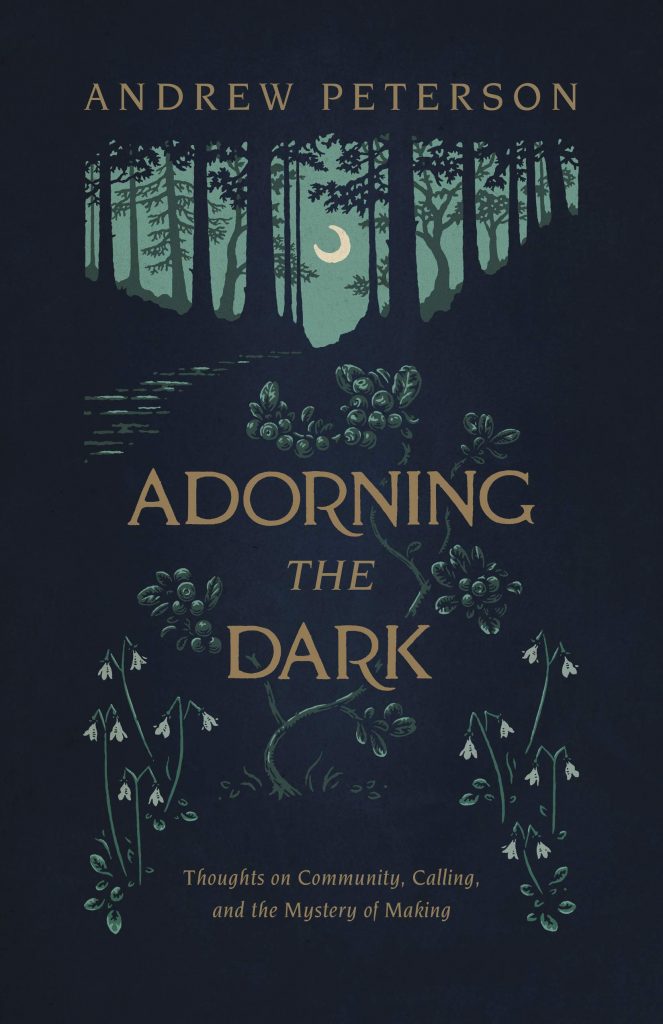
Adorning the Dark: Thoughts on Community, Calling, and the Mystery of Making by Andrew Peterson. B&H Books, 2019. 224 pages.
We’ve discussed this gem before, but Adorning the Dark is a terrific book for teen writers (and musicians and artists of all sorts!). Peterson anchors creativity firmly in community, preferably a community of fellow Christians. This is a tremendous counterpoint to the frequent portrayal of the solitary writer’s life. True, many writers write best in solitude, but art is not composed—or offered—in a vacuum. Incidentally, this point is echoed in Wangerin’s book as well. Peterson’s book is a relatively easy read and is a winsome look at his personal journey as well as a treasure trove of thoughts to ponder. It’s readily accessible to teen readers and would make a great family book club choice.
Give them 2+2, not 4. … You don’t treat [your audience] like they’re idiots, you don’t spell out every gag, every point you want them to get, or they’ll get bored. They’ll get the feeling you don’t trust them.
Peterson, p. 189
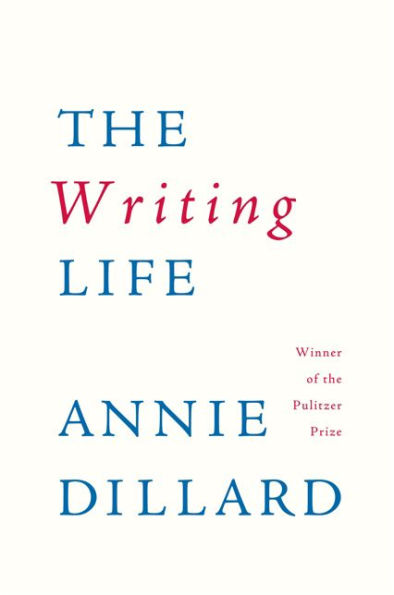
The Writing Life by Annie Dillard. Harper Perennial, 2013. 111 pages.
The most introspective and lyrical title on this list, The Writing Life is an ode to the writing life… and an exploration of the hardships, the idiosyncrasies, the habits, and the delights. Per her usual, Dillard’s writing is filled with metaphor and figurative language. A delight to read and savor, this book will require more work of the reader to mine the practical tips, but it will also serve as inspiration to aspiring authors. The Writing Life is better saved for older teens, but it makes an excellent accompaniment to a creative writing or senior English class.
You write it all, discovering it at the end of the line of words. The line of words is a fiber optic, flexible as wire; it illumines the path just before its fragile tip.
Dillard, p. 7
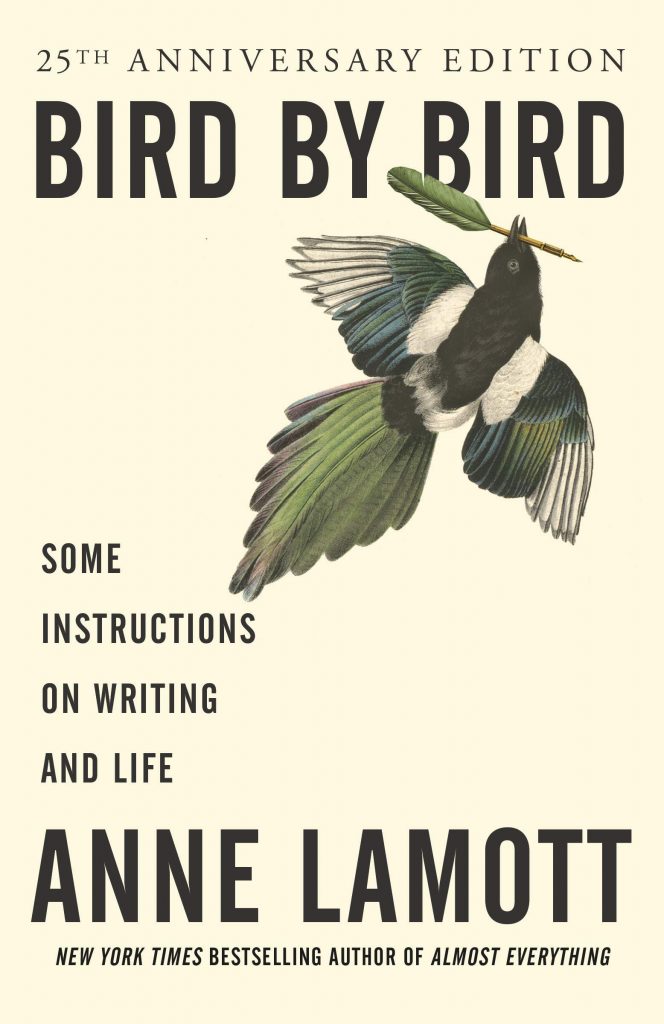
Bird by Bird: Some Instructions on Writing and Life by Anne Lamott. Anchor, 1995. 256 pages.
Frankly, I do not recommend this book for teen writers. Why, then do I include it in this list? Precisely because so many people do recommend it for teen writers. Lamott is witty, clever, and insightful. She does indeed offer fantastic advice for the writing life. But her sardonic tone often comes across as jaded and cynical, even though it is simultaneously funny and tongue-in-cheek. Teen writers simply do not have enough life experience to appreciate much of the “life instruction” Lamott offers. A further point that our audience will want to know: Lamott sprinkles her text with plenty of foul language. Discerning, mature readers will take it in stride, picking up the gems amidst the cruder phrasings. But there are better books for teens starting out than Lamott’s. Put it aside until your teens are a little older, then, perhaps, read it together and discuss the many excellent points lurking amidst the pages.
Writing is about learning to pay attention and to communicate what is going on. Now, if you ask me, what’s going on is that we’re all up to here in it, and probably the most important thing is that we not yell at one another.
Lamott, p. 92
What books would you recommend to teen writers? Let us know in the comments!
We are participants in the Amazon LLC affiliate program; purchases you make through affiliate links like the one below may earn us a commission. Read more here.
Stay Up to Date!
Get the information you need to make wise choices about books for your children and teens.
Our weekly newsletter includes our latest reviews, related links from around the web, a featured book list, book trivia, and more. We never sell your information. You may unsubscribe at any time.
Support our writers and help keep Redeemed Reader ad-free by joining the Redeemed Reader Fellowship.
Stay Up to Date!
Get the information you need to make wise choices about books for your children and teens.
Our weekly newsletter includes our latest reviews, related links from around the web, a featured book list, book trivia, and more. We never sell your information. You may unsubscribe at any time.
We'd love to hear from you!
Our comments are now limited to our members (both Silver and Golden Key). Members, you just need to log in with your normal log-in credentials!
Not a member yet? You can join the Silver Key ($2.99/month) for a free 2-week trial. Cancel at any time. Find out more about membership here.
6 Comments
Leave a Comment
You must be logged in to post a comment.

My son is asking for writing books for his 16th birthday. This list is exactly what I needed. Thanks so much!
Ahh Meghann, that’s great! So glad we can be reading ahead for you 🙂
Writing Magic by Gail Carson Levine is a good book for teen authors.
Thanks for the suggestion!
Are any of these books on Kindle Unlimited?
Looks great!
I don’t know, sorry!